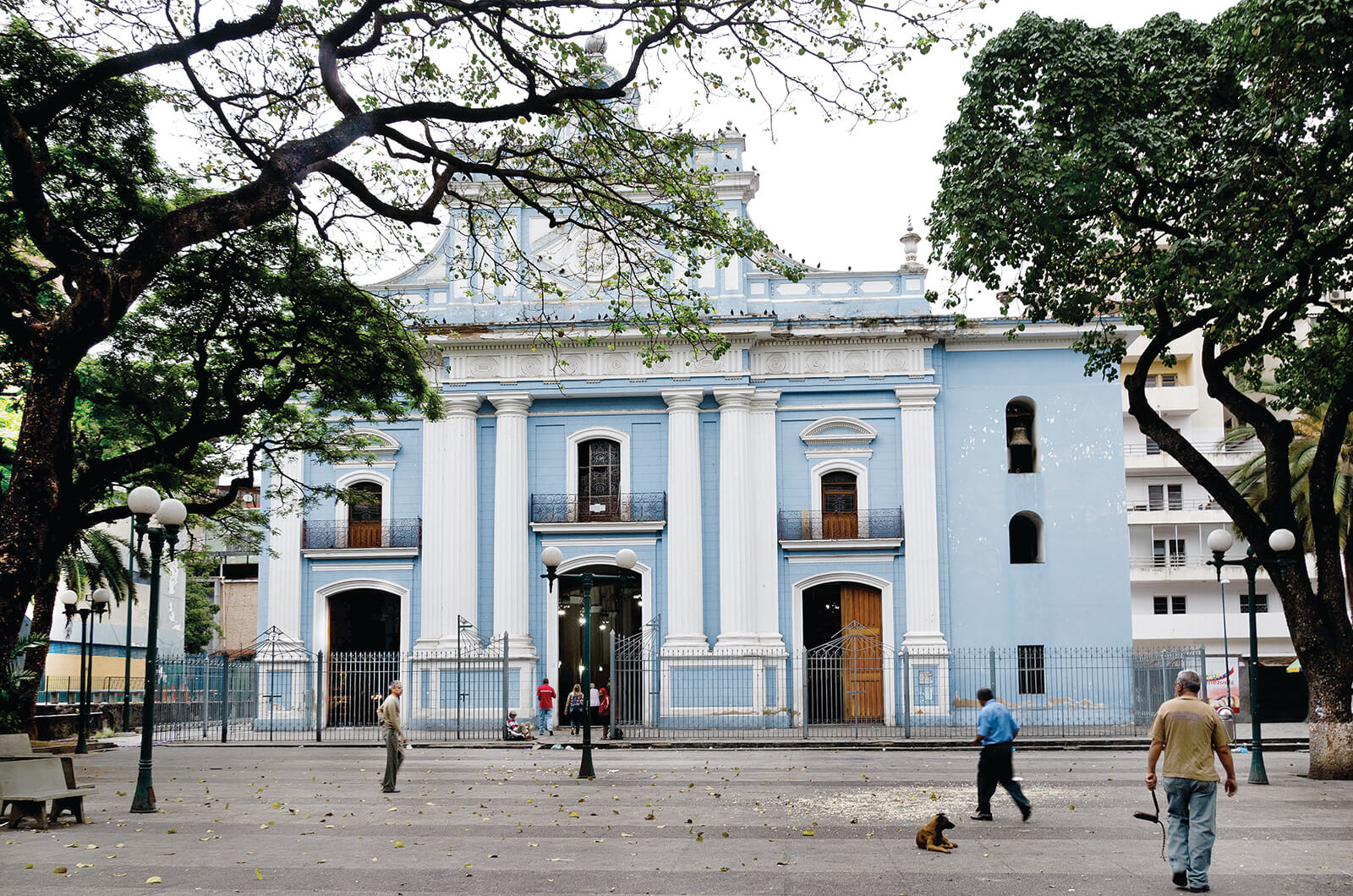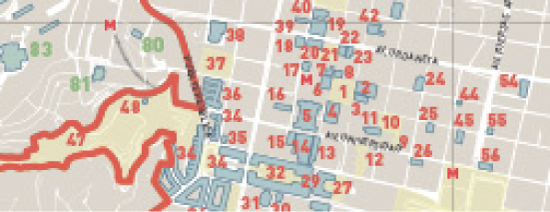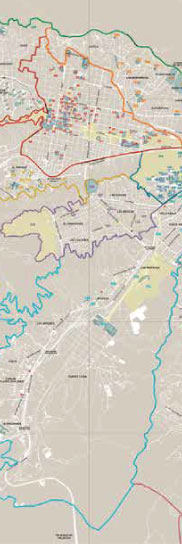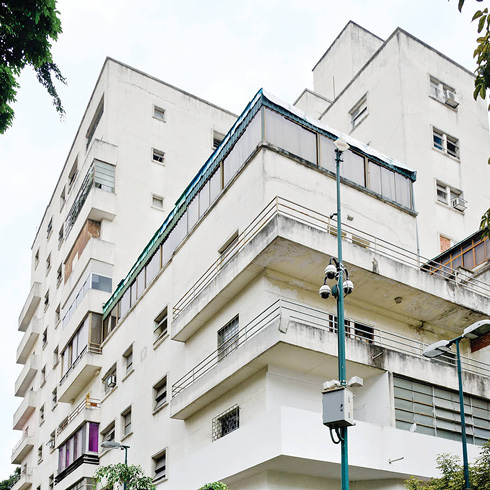DDN
Initially, the site was just a plot in front of the church. During the nineteenth and twentieth centuries, many Iberian immigrants settled in the area, so, in 1708, Governor Juan Guillemi ordered the construction of a water fountain. Since its creation, the plaza was a meeting point for Canarians. They celebrated feasts and events there, including bullfights. In 1895 the plaza was named Democracy, for the centennial of José Gregorio Monagas’ birth, who decreed the emancipation of slaves. Soon after, the monument to the ex-president was dismounted, and the site resumed its original name. In times of Pérez Jiménez, new thoroughfares were created to connect the city center with the east side, and the space was extended from La Cruz to Candilito corner, and named Urdaneta. The plaza, bordered by three streets north, west and south, buildings with shops to the west, and the church to the east, is a center for neighborhood activities. In 1953, an equestrian statue of General Urdaneta by Francisco Narváez (1905-1982) and a band shell were placed there. The original eighteenth century church, restored by Pablo Miguel González, Lorenzo Melencio Osío, Jesús Muñoz Tébar, Santiago Aguerrevere, Juan Hurtado and Pablo Castillo after being severely damaged by the 1812 earthquake, is of neocolonial style and neoclassic façade. Since 1975, in its presbytery lie the remains of José Gregorio Hernández, in the process of beatification, and an important part of Venezuelan faith.

DF-45

DF-46






